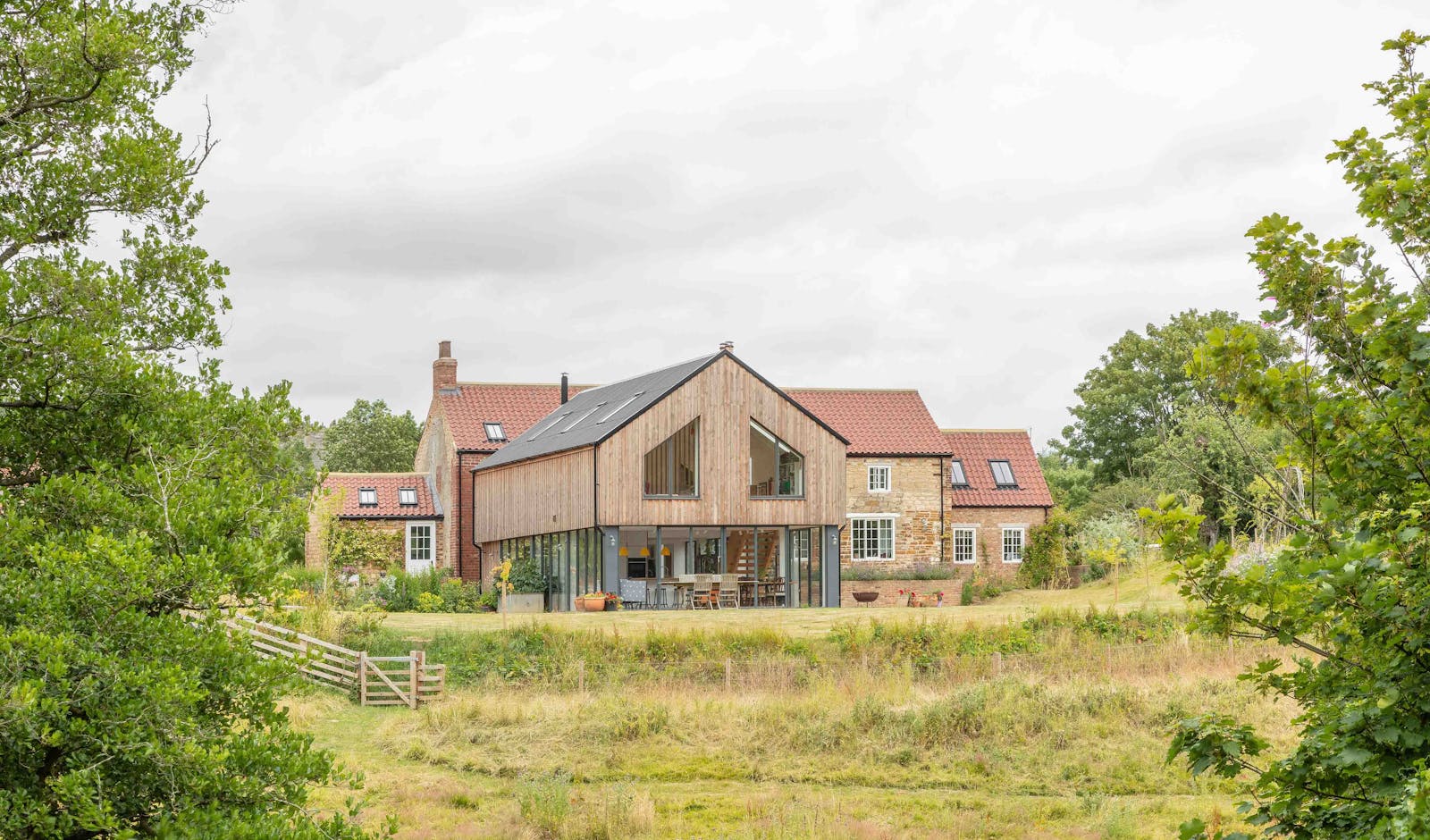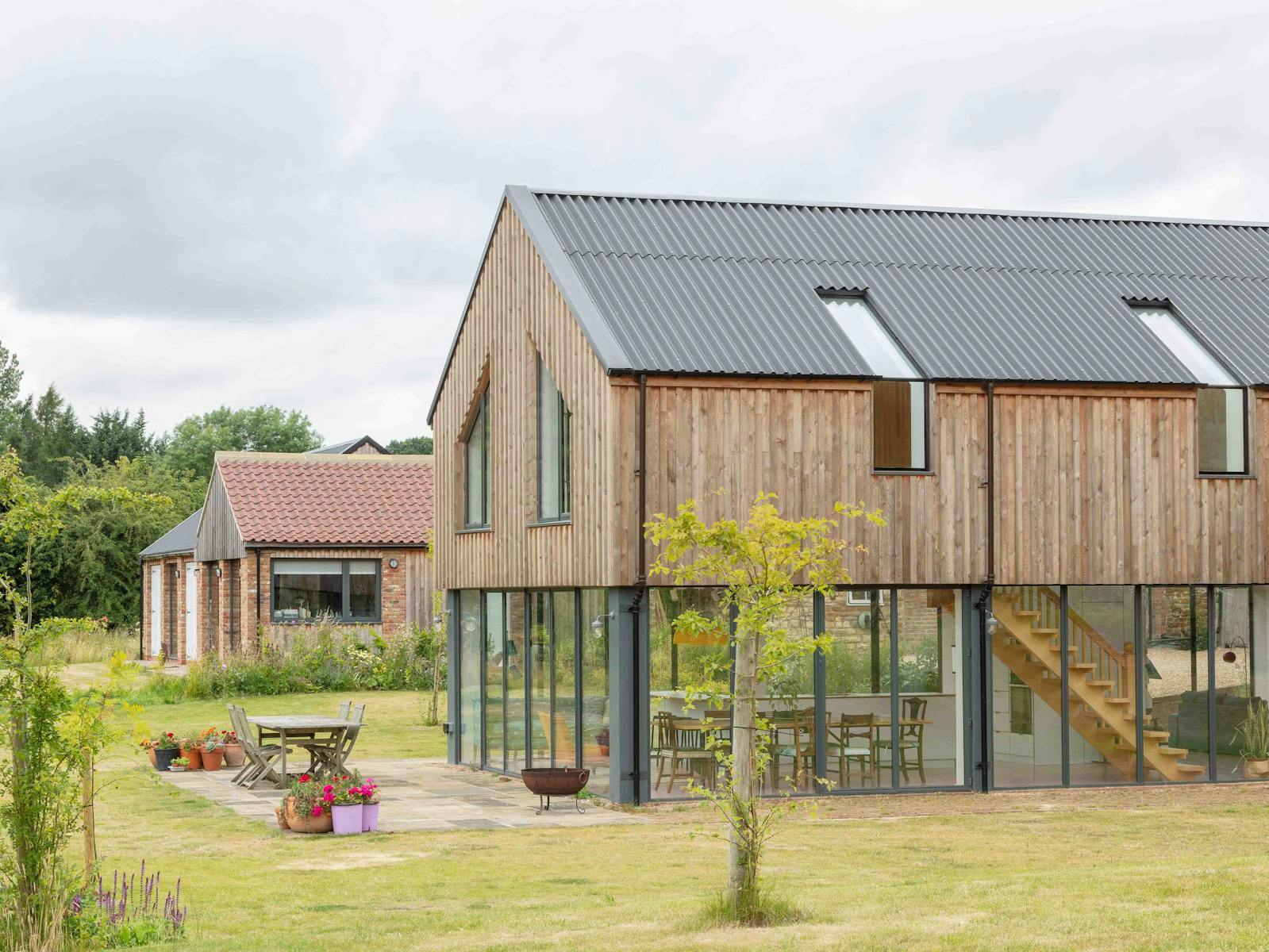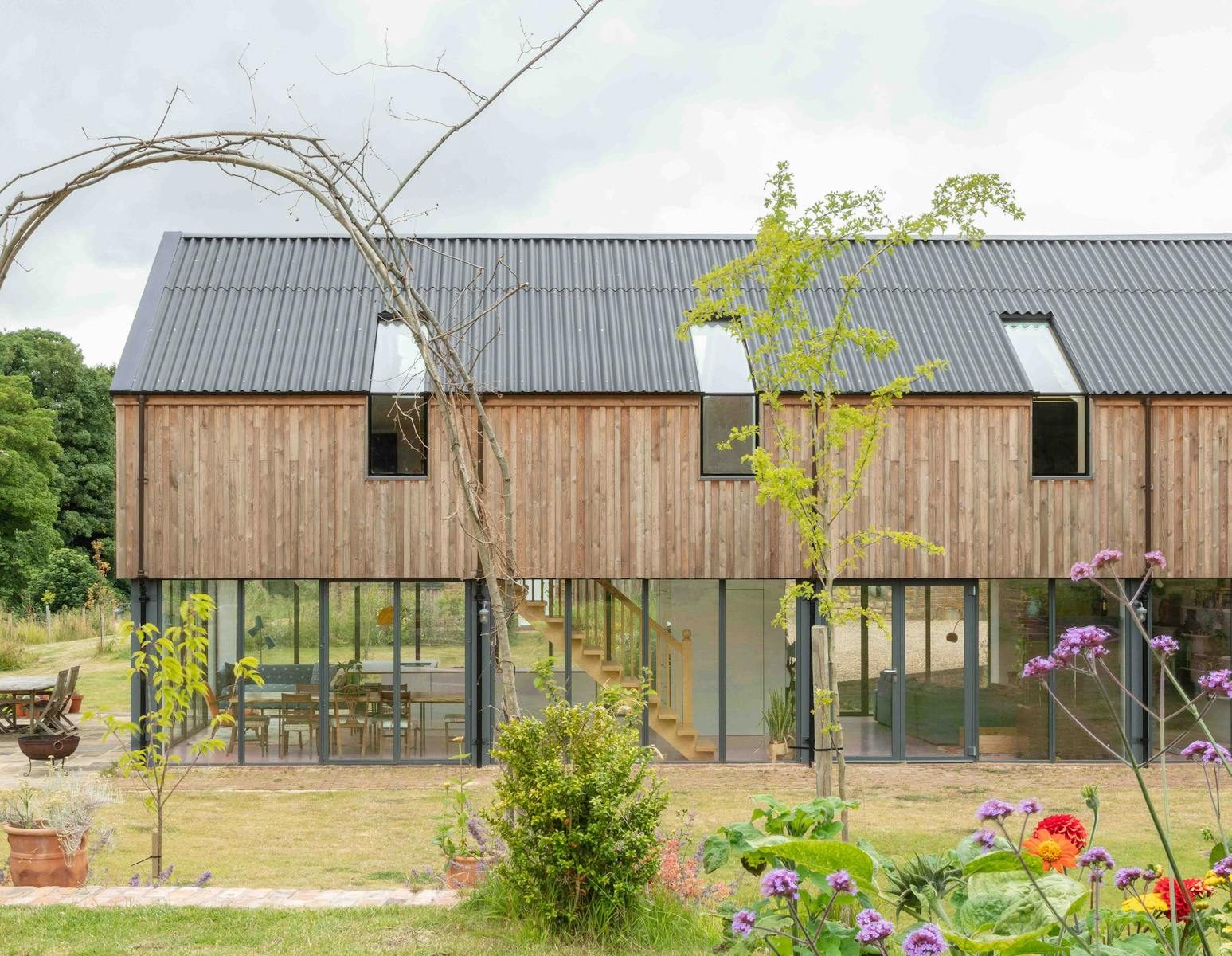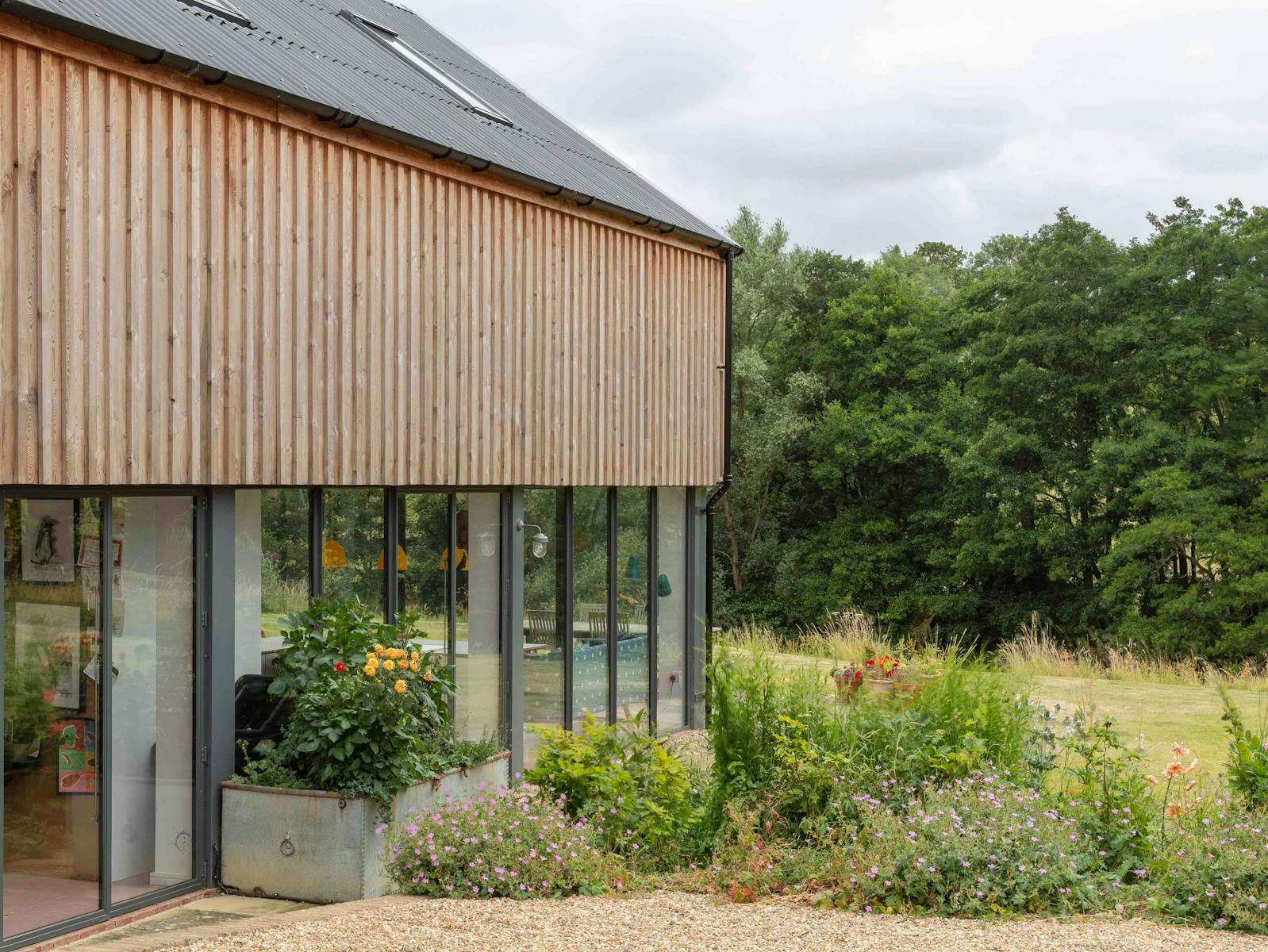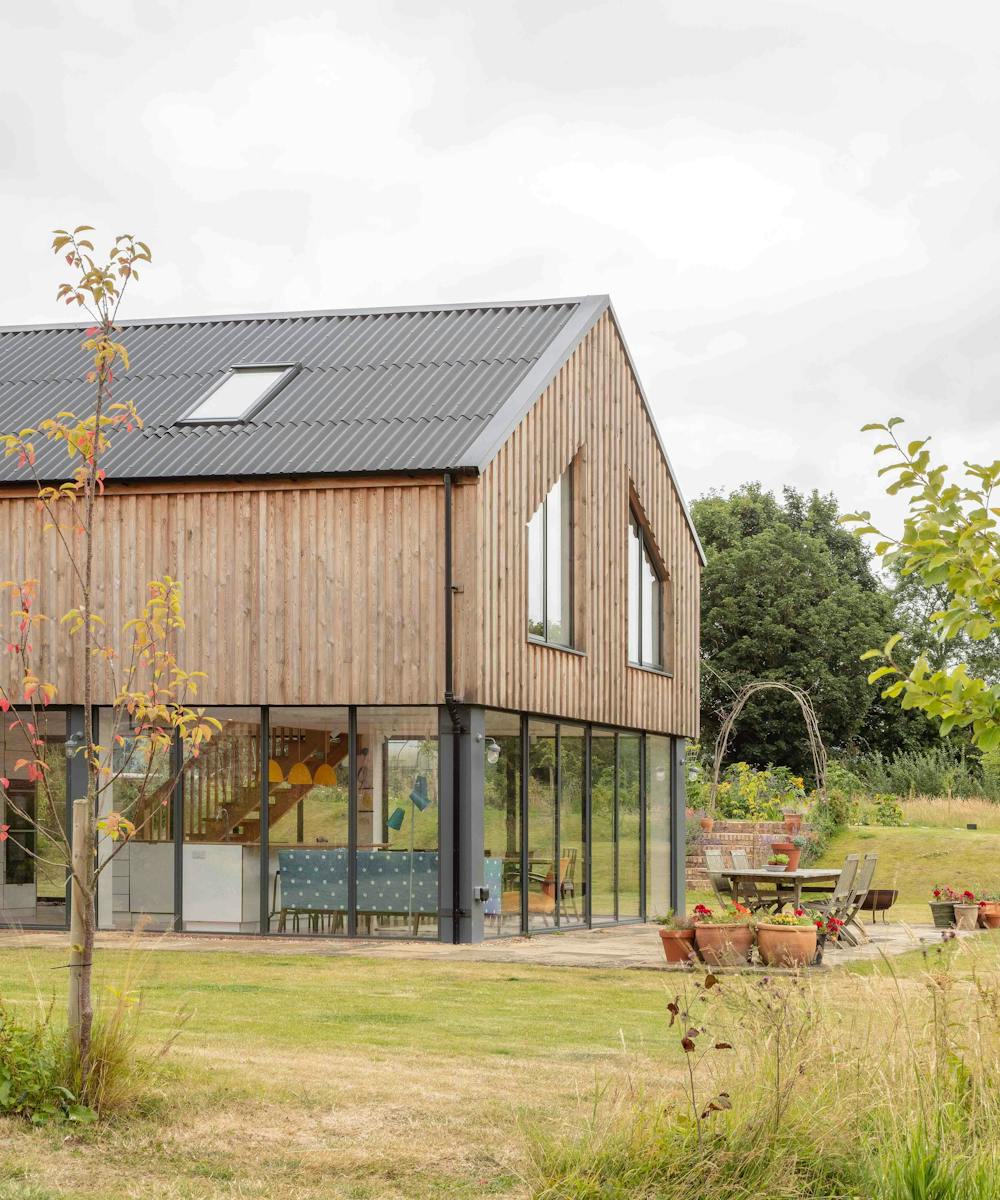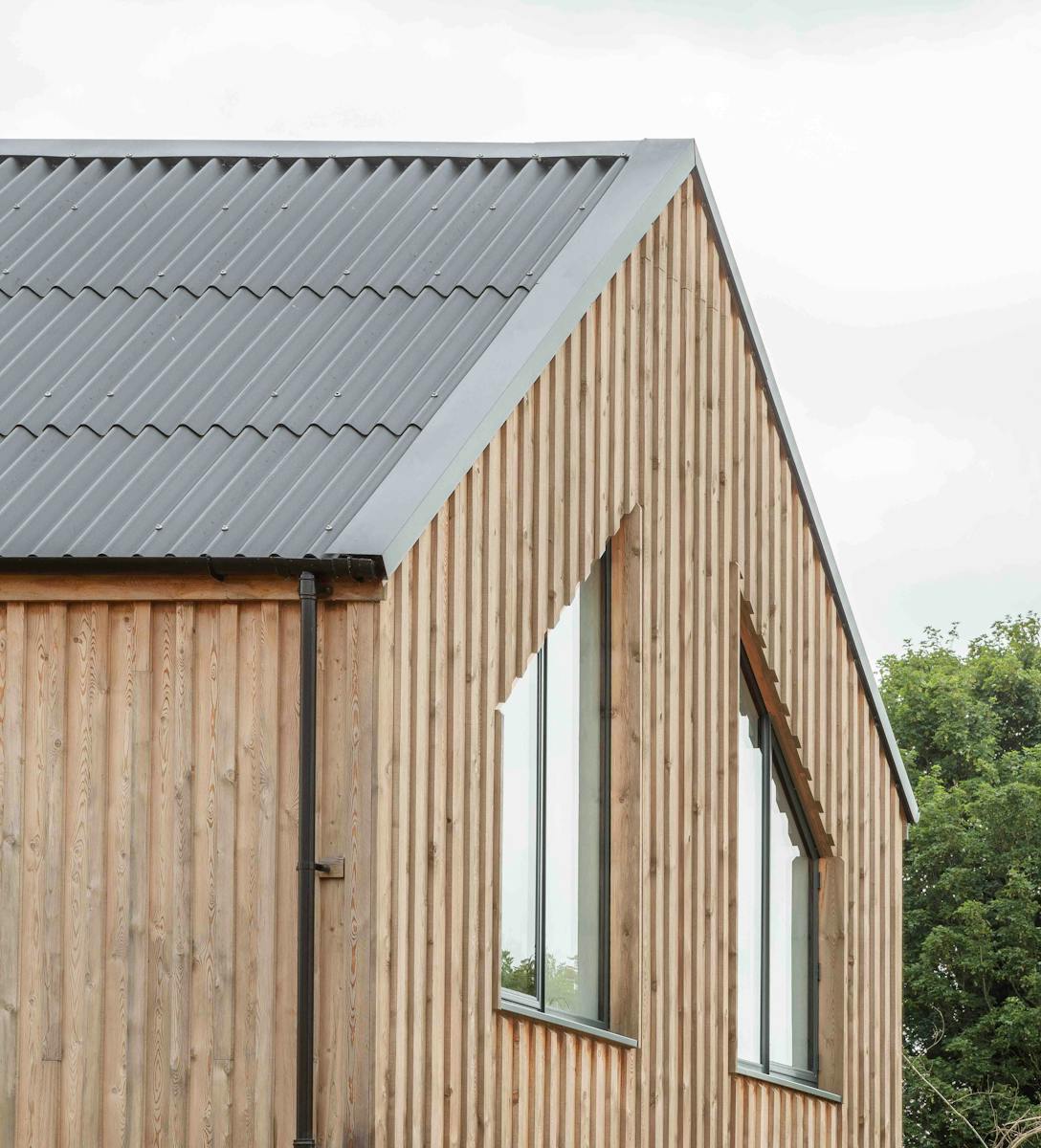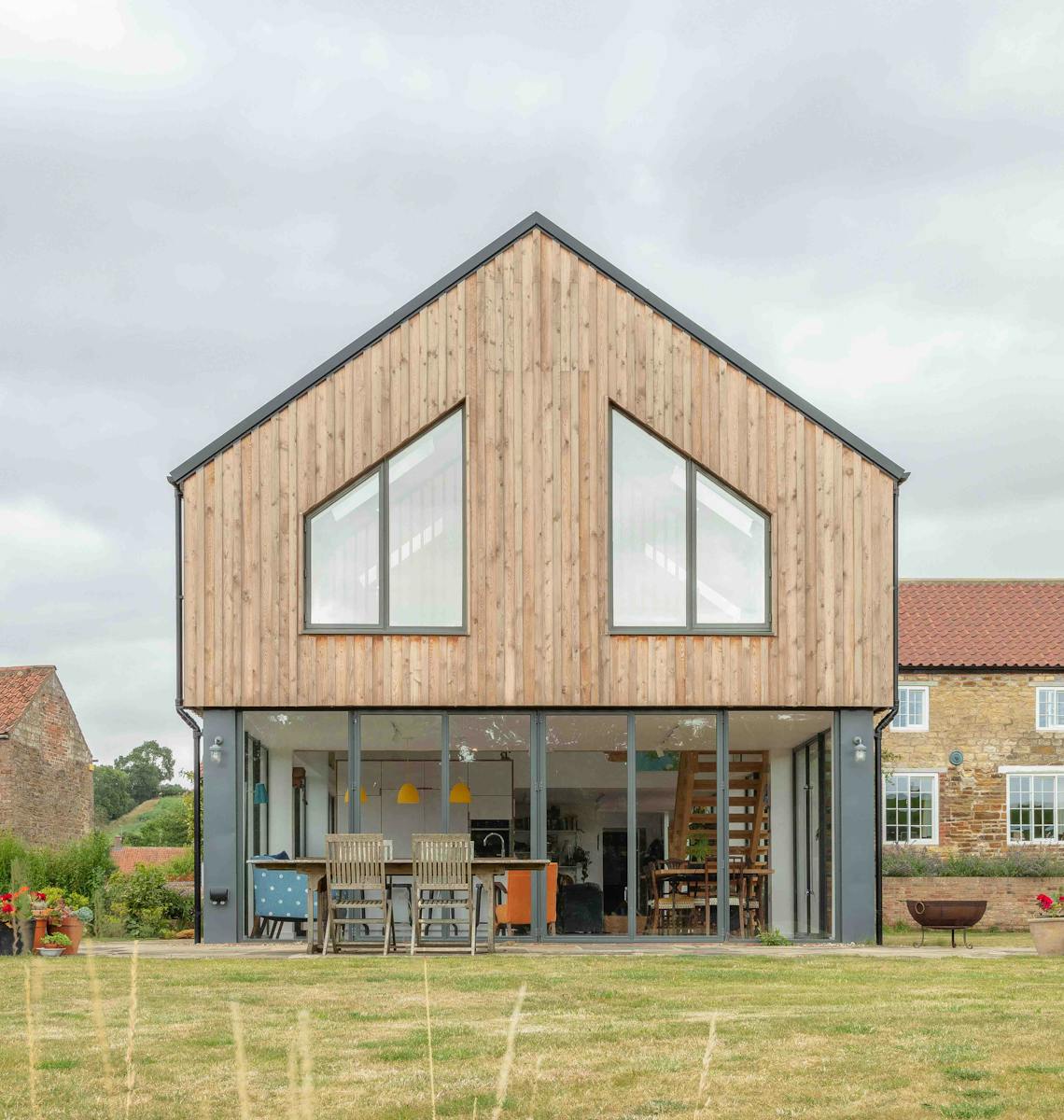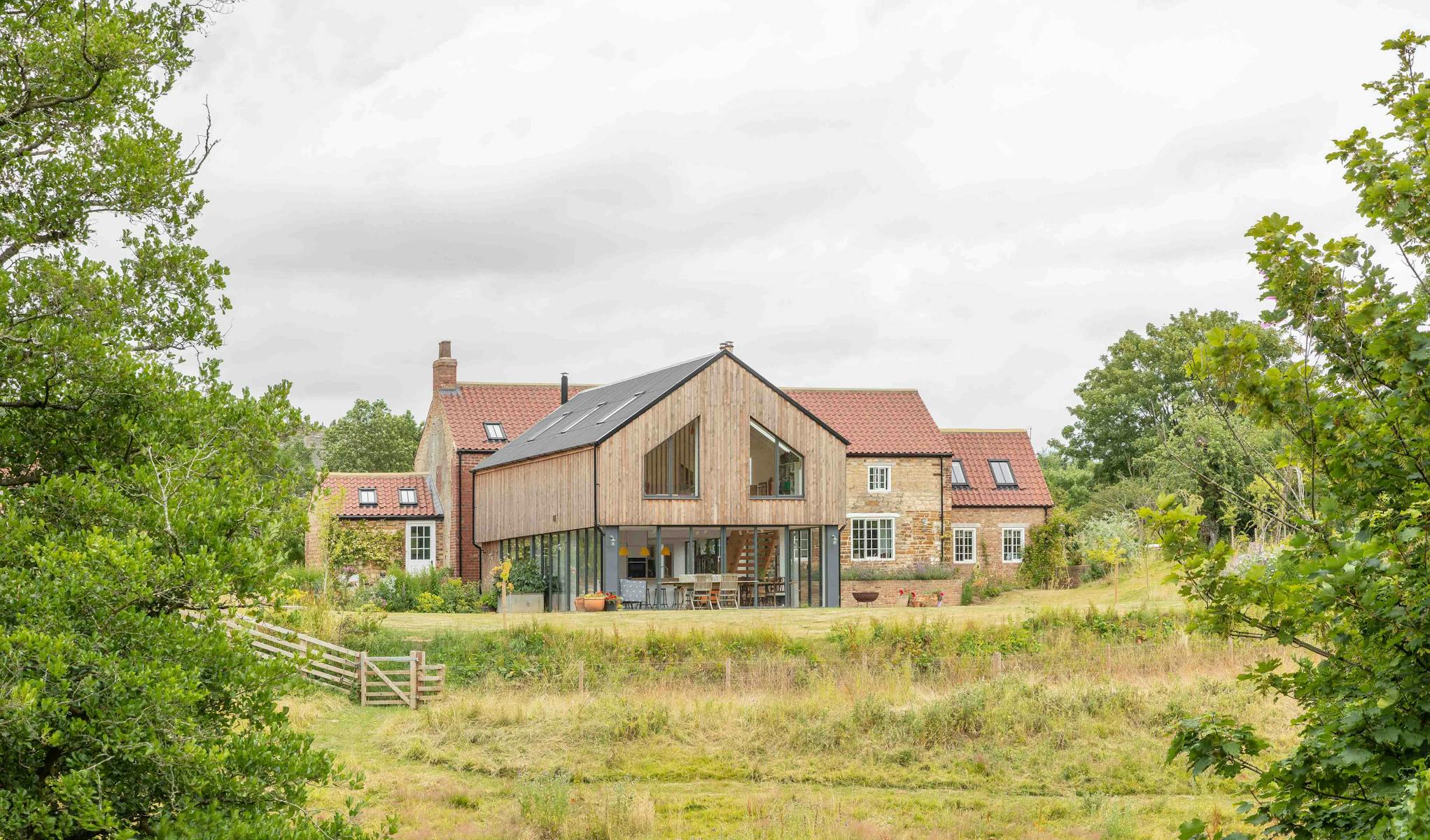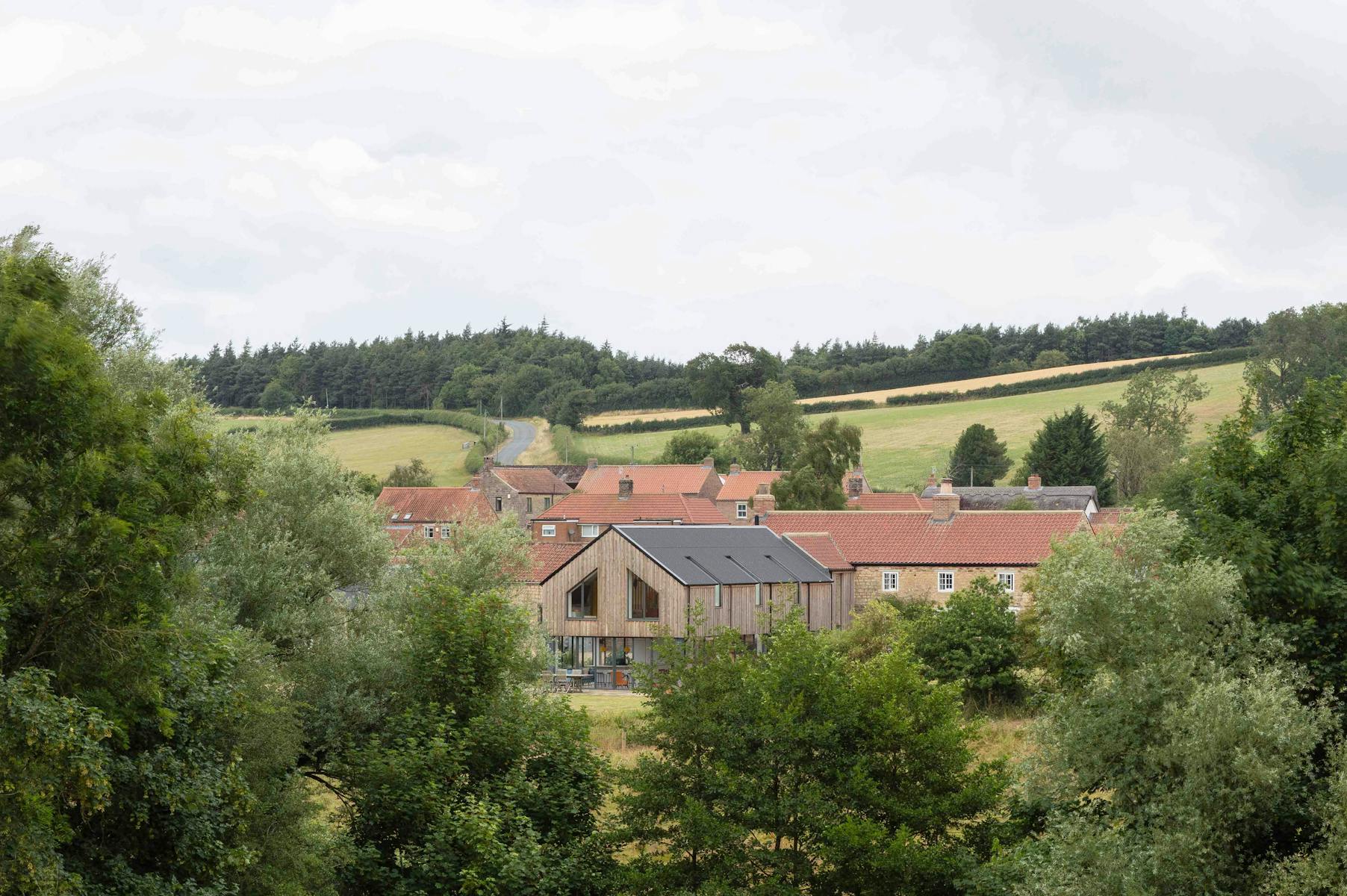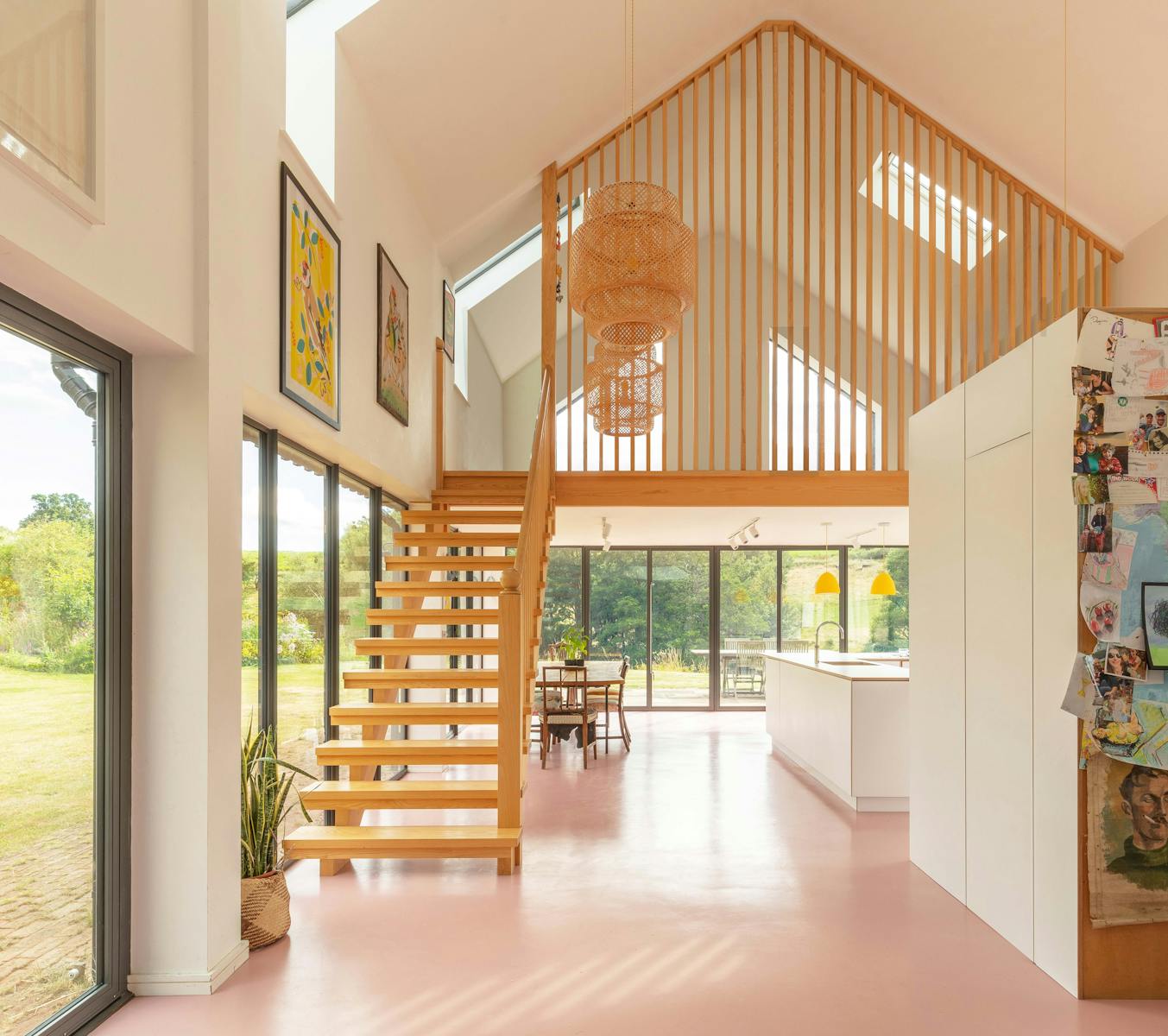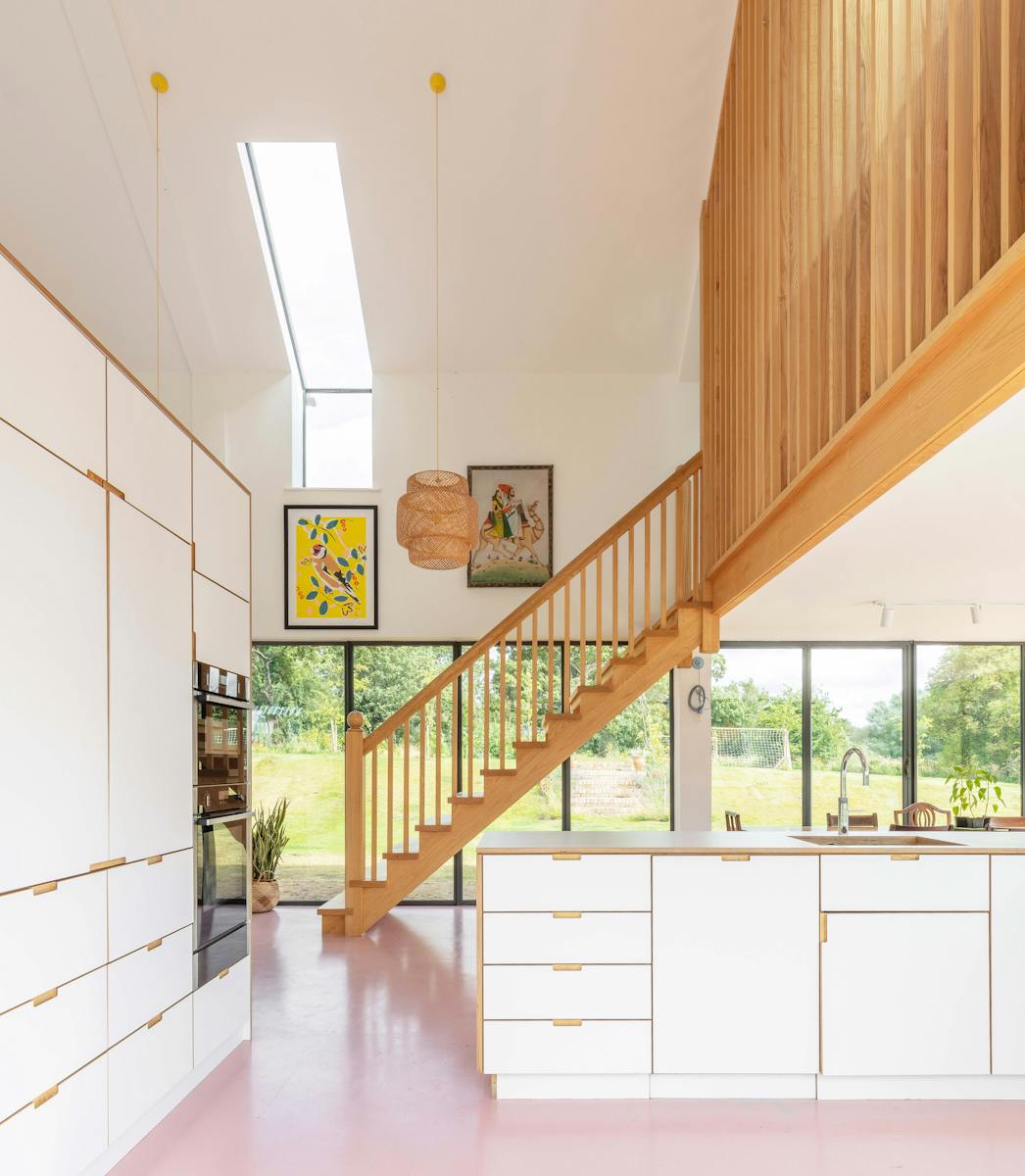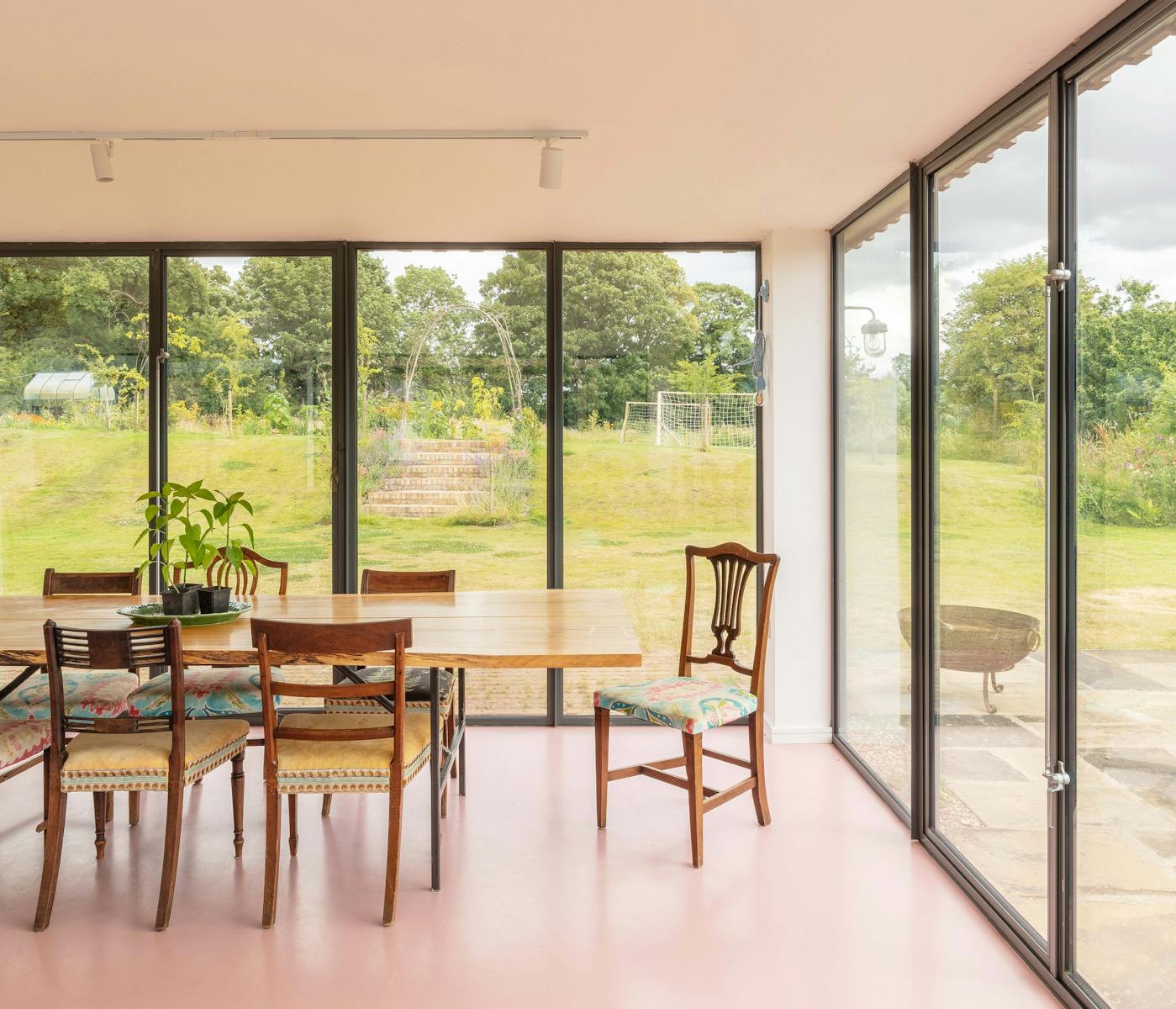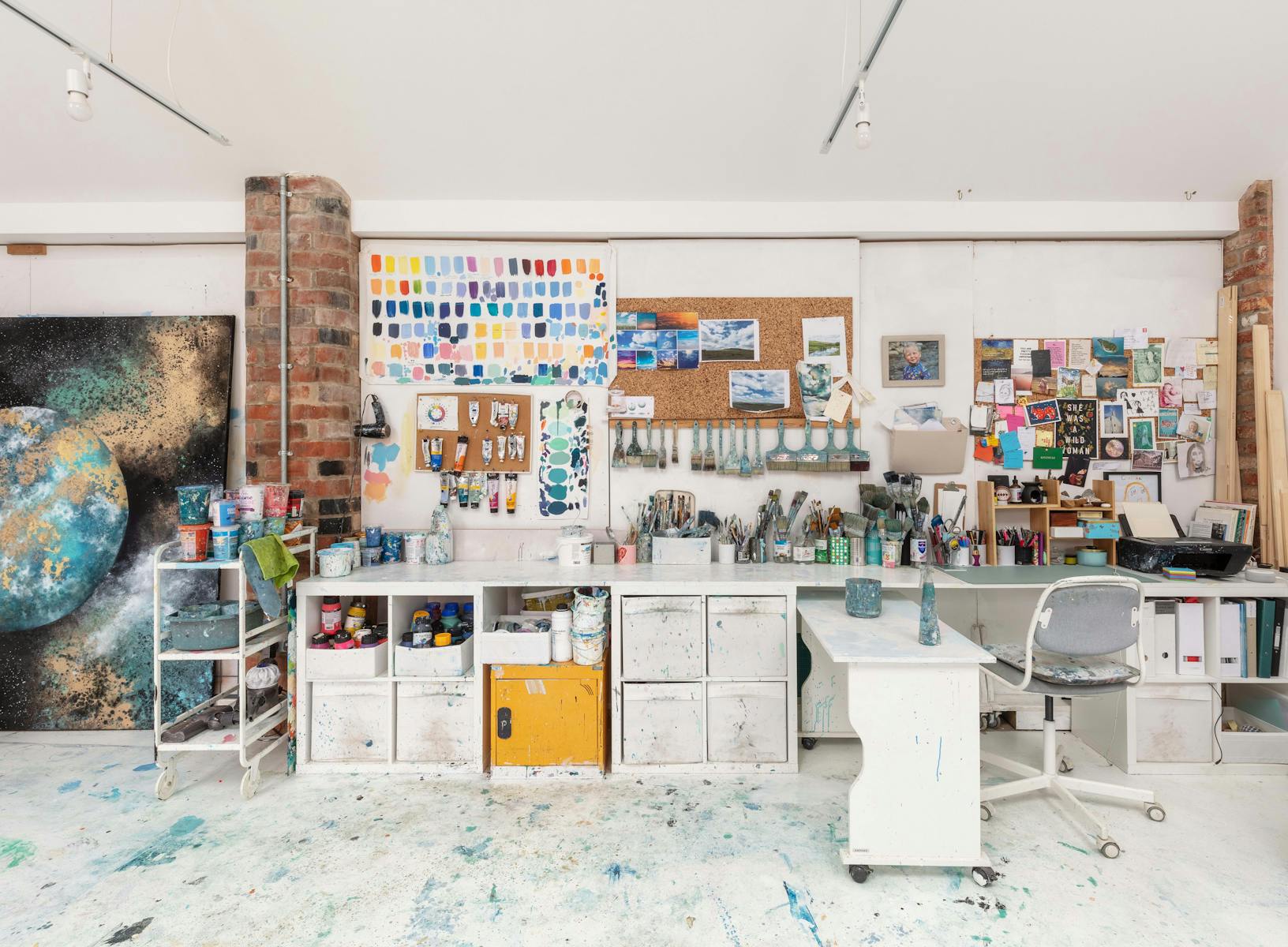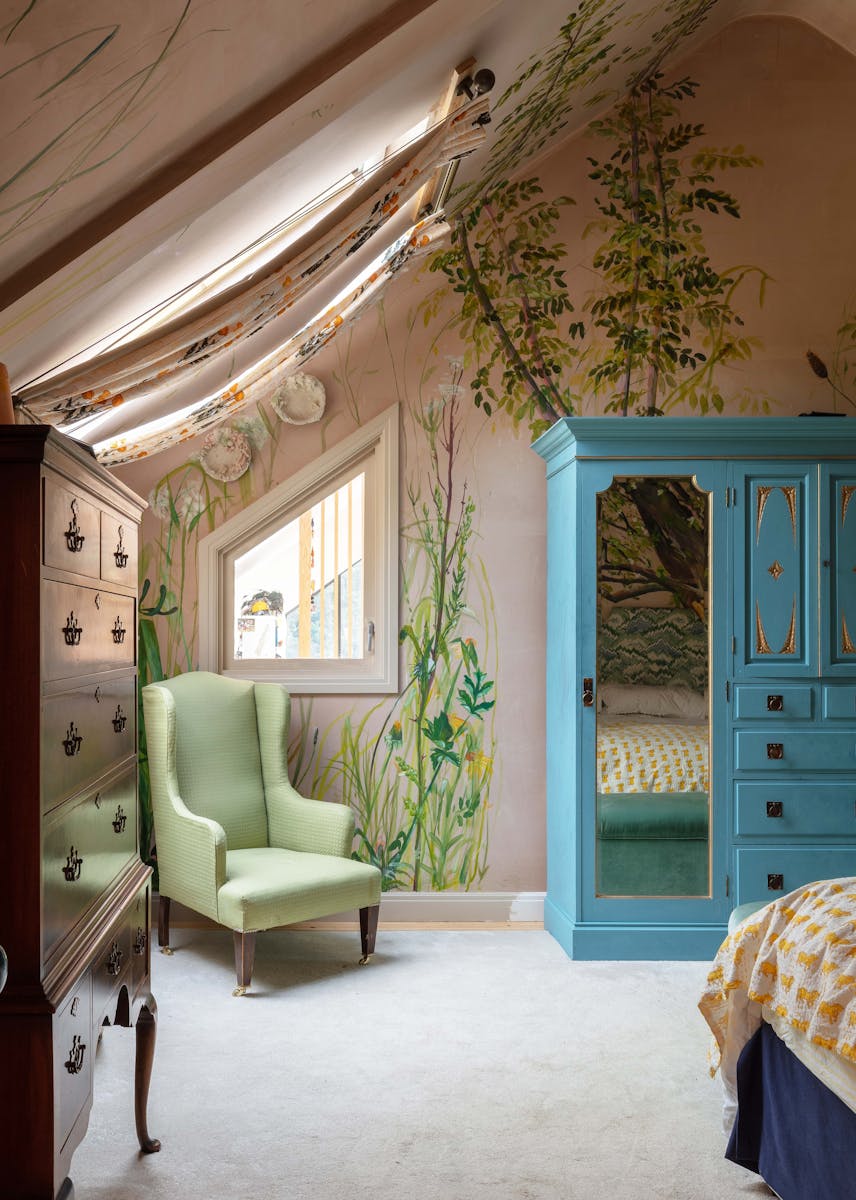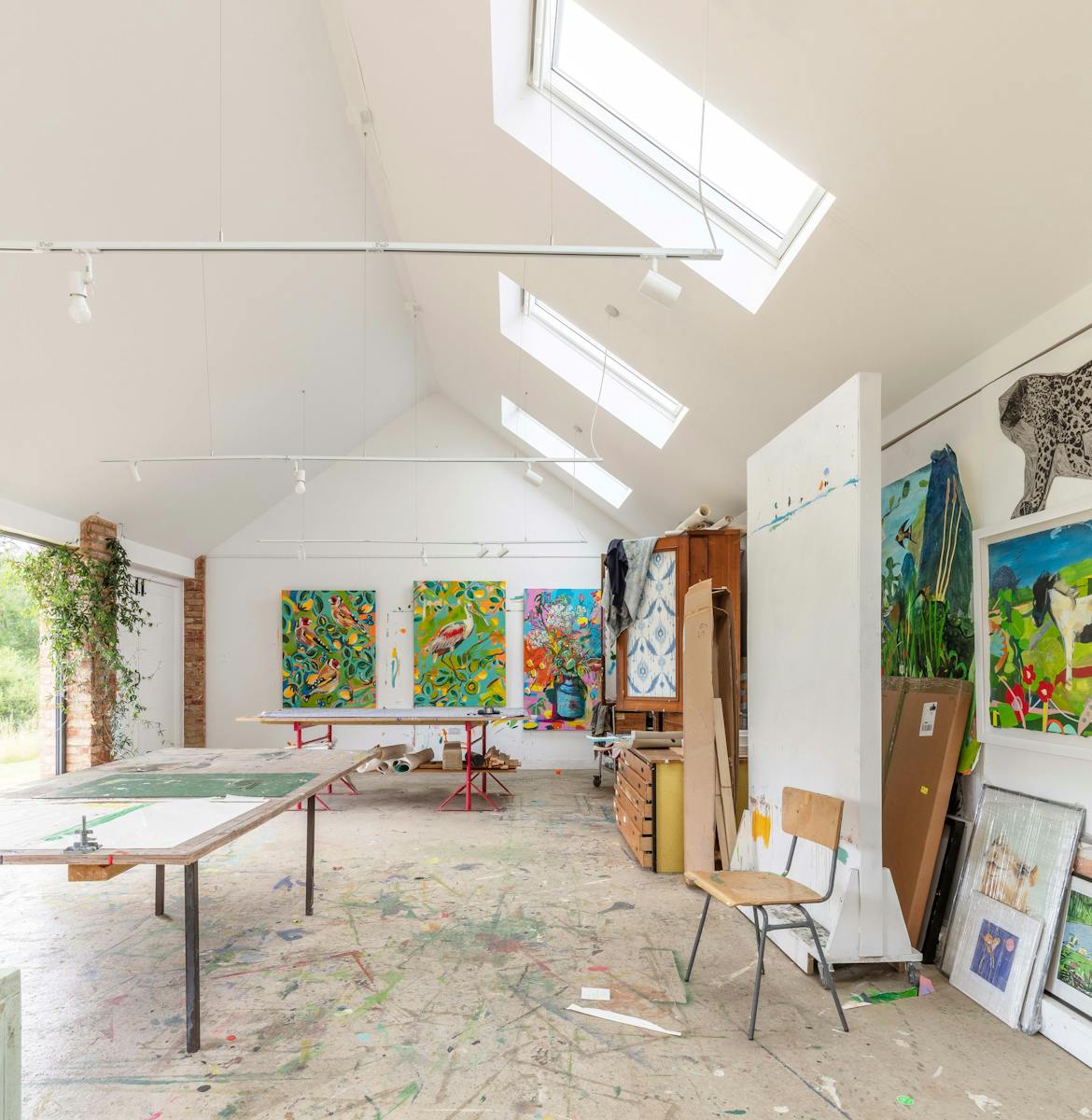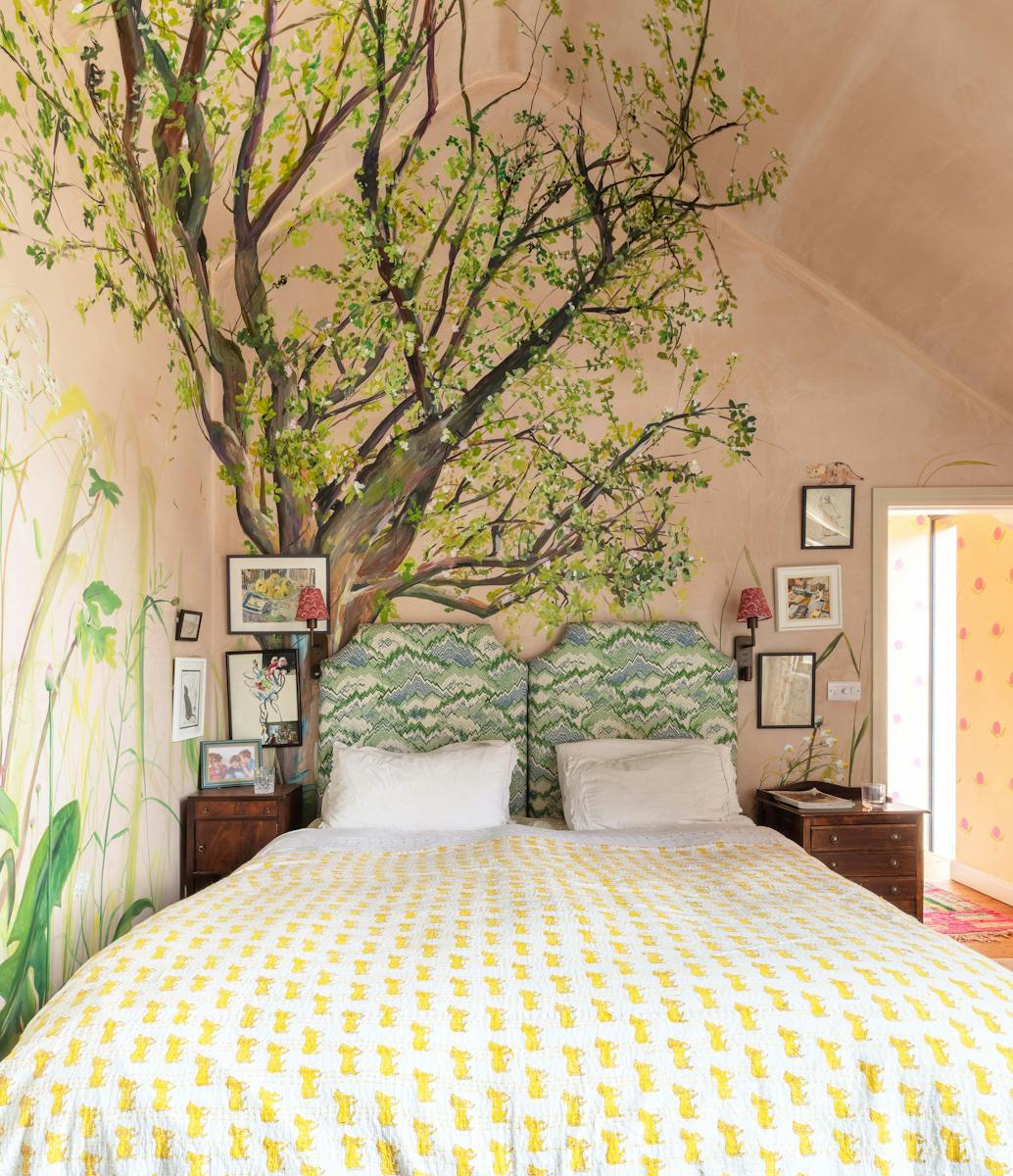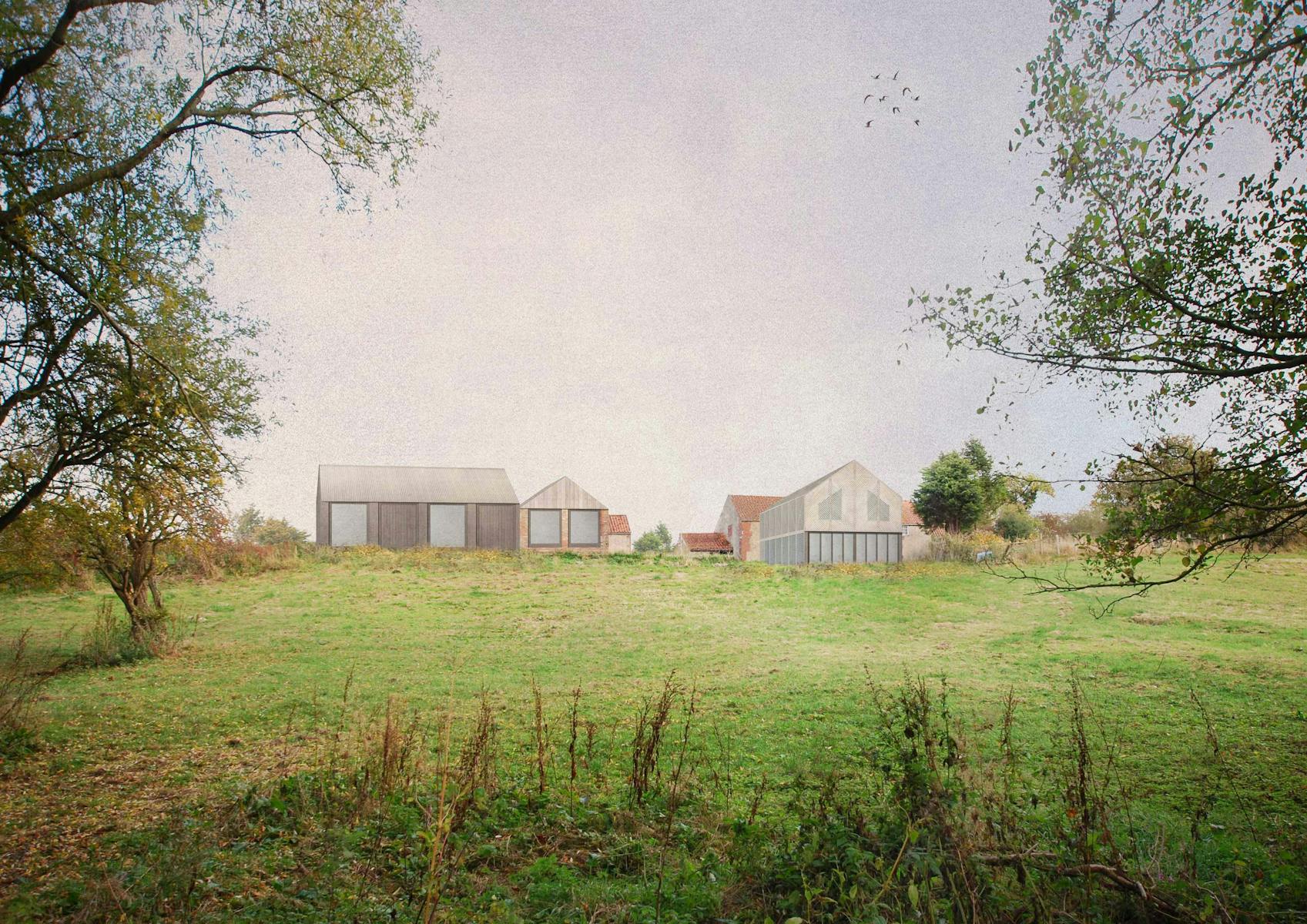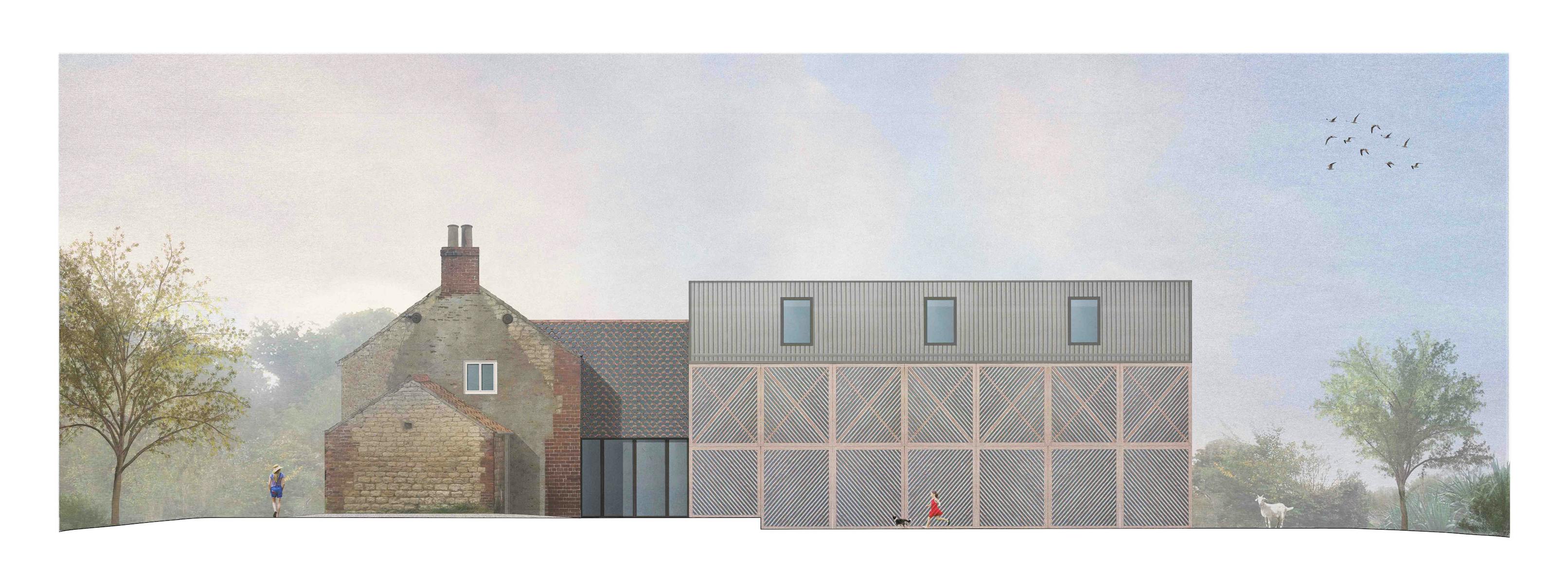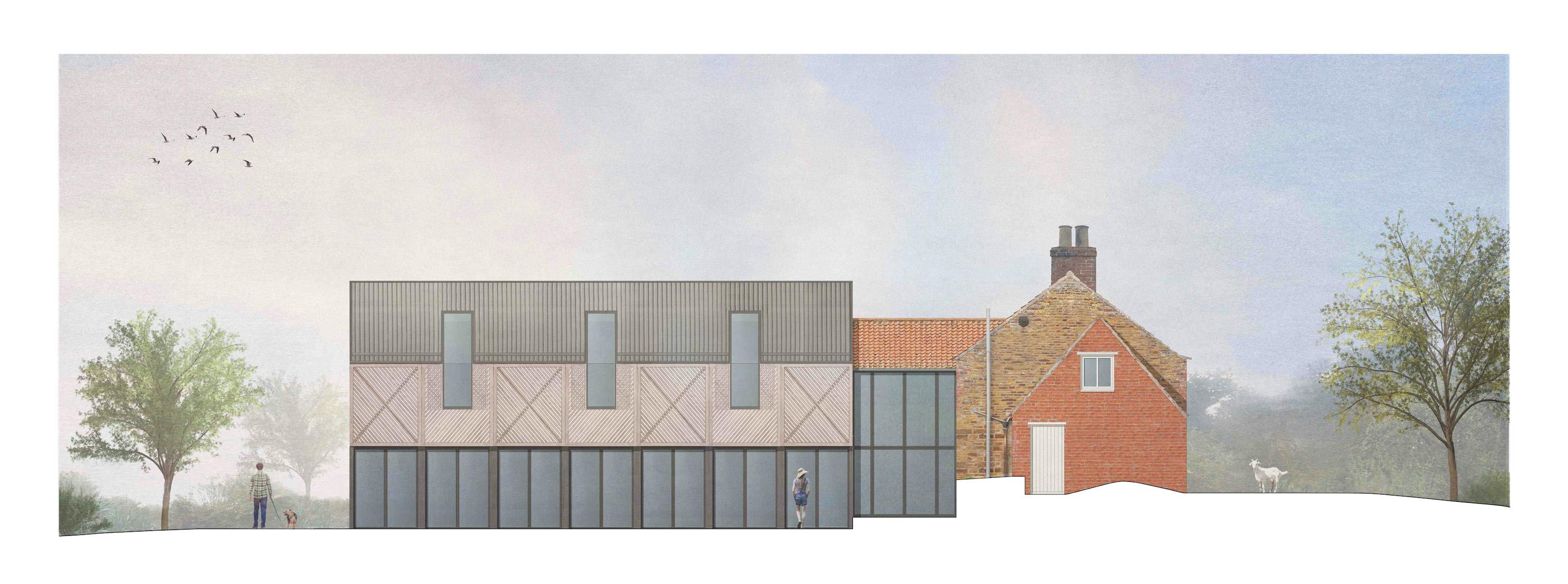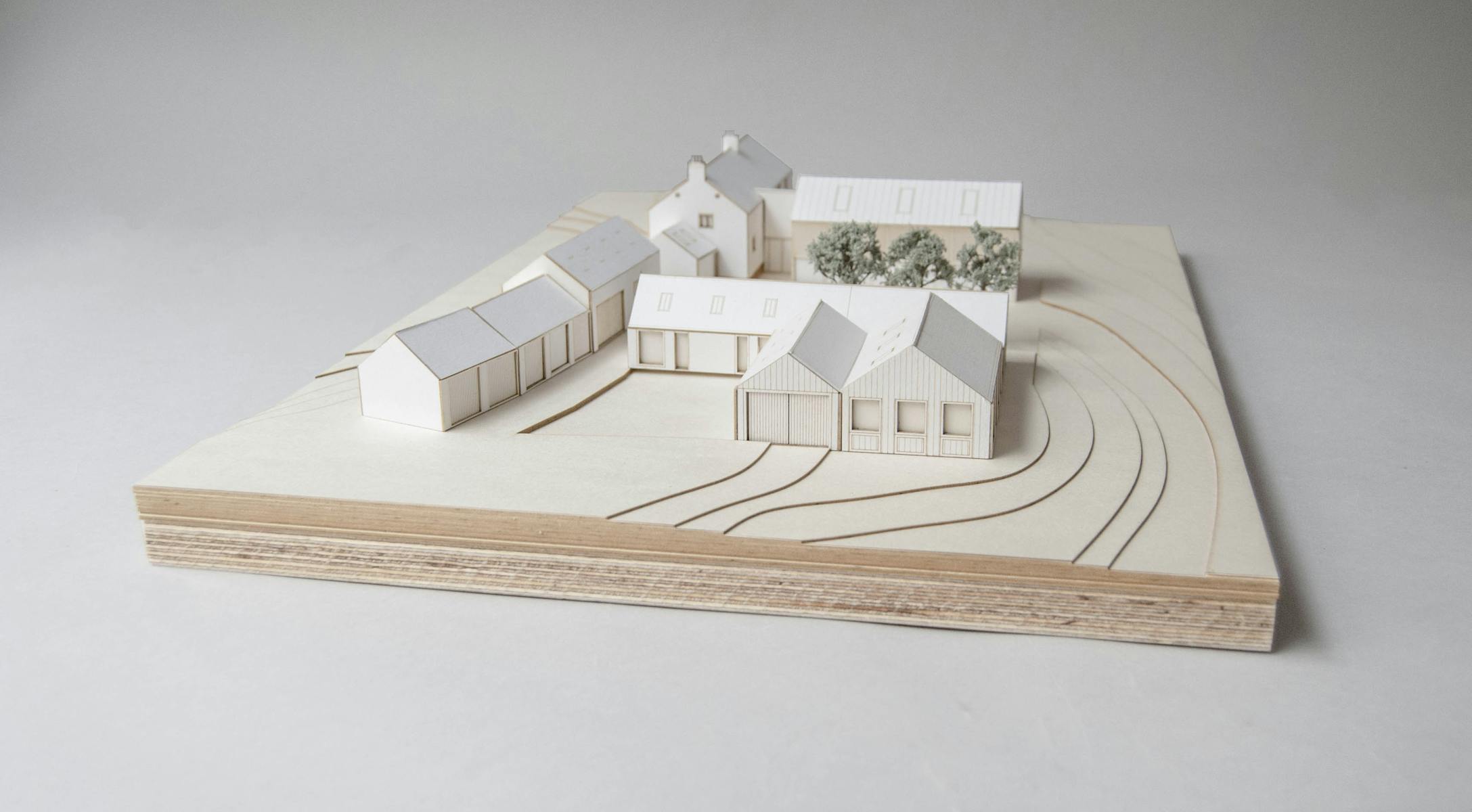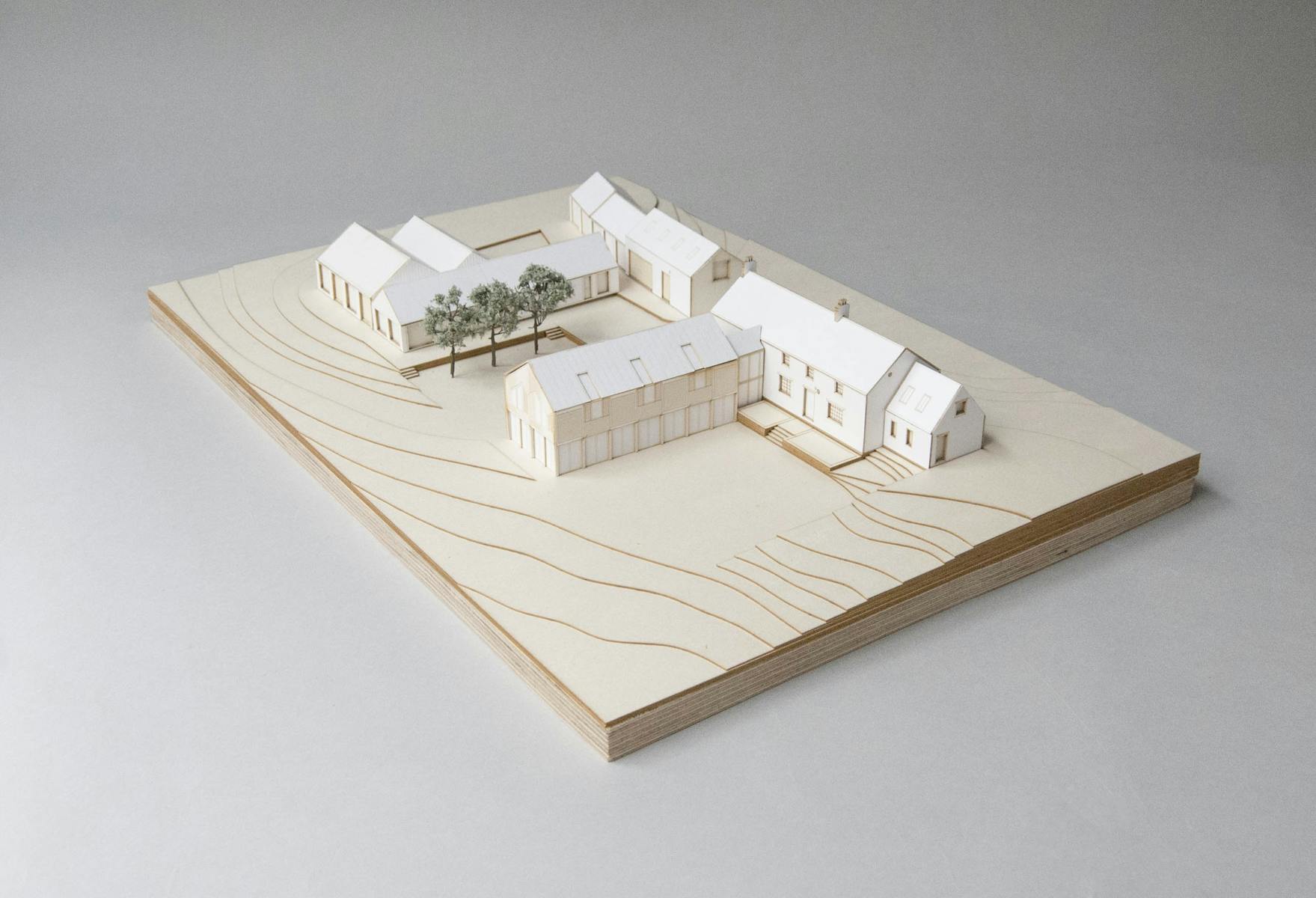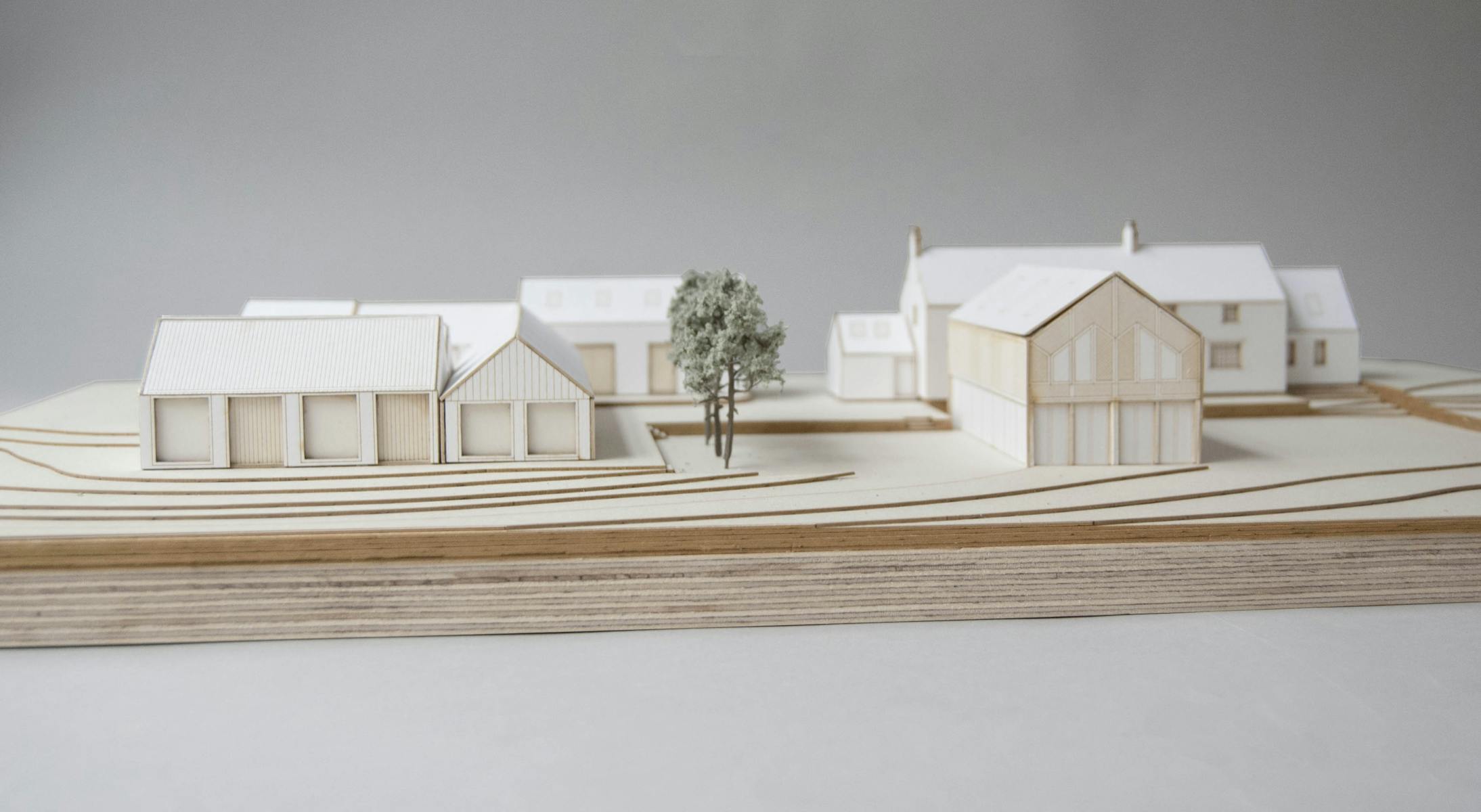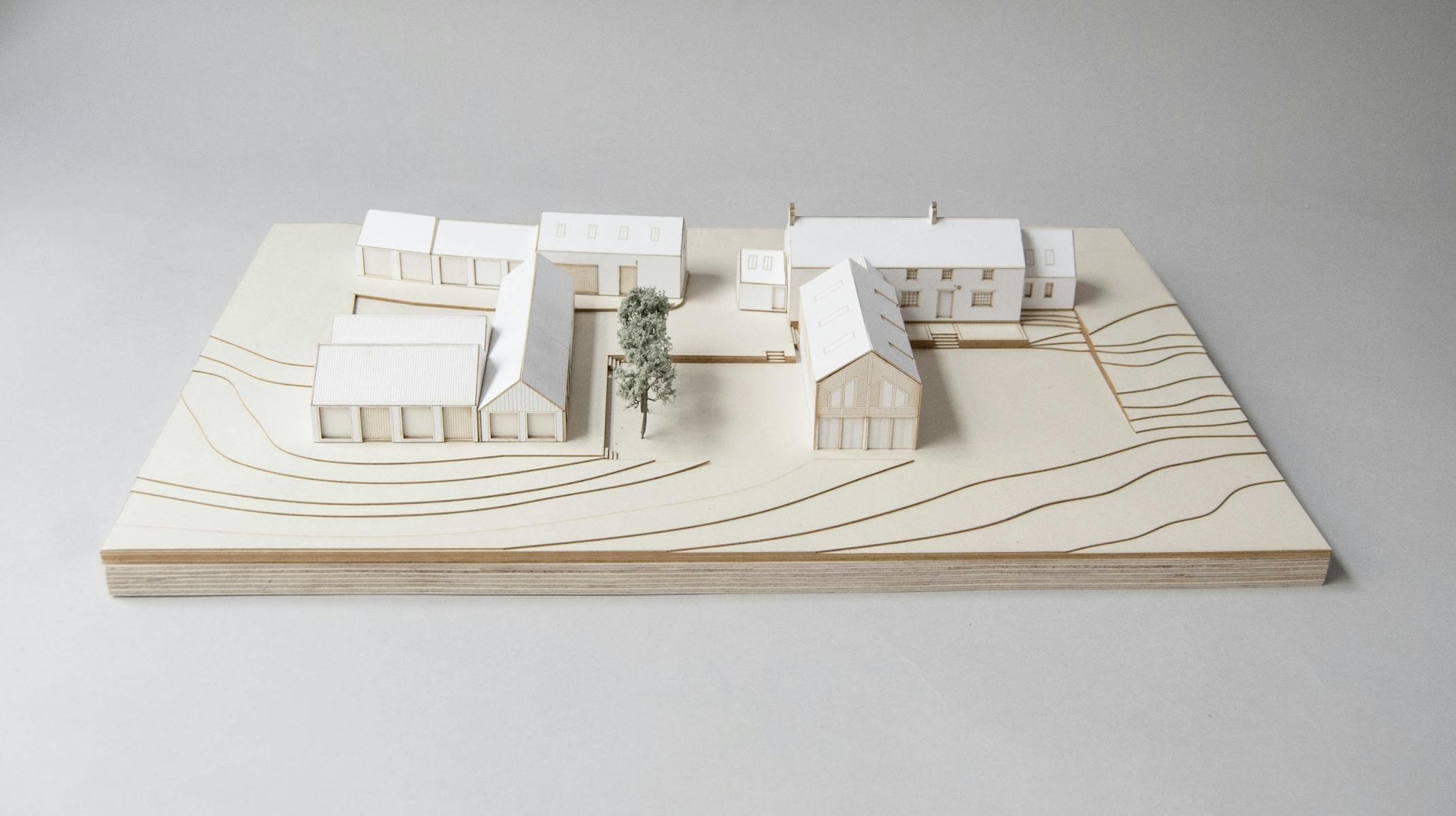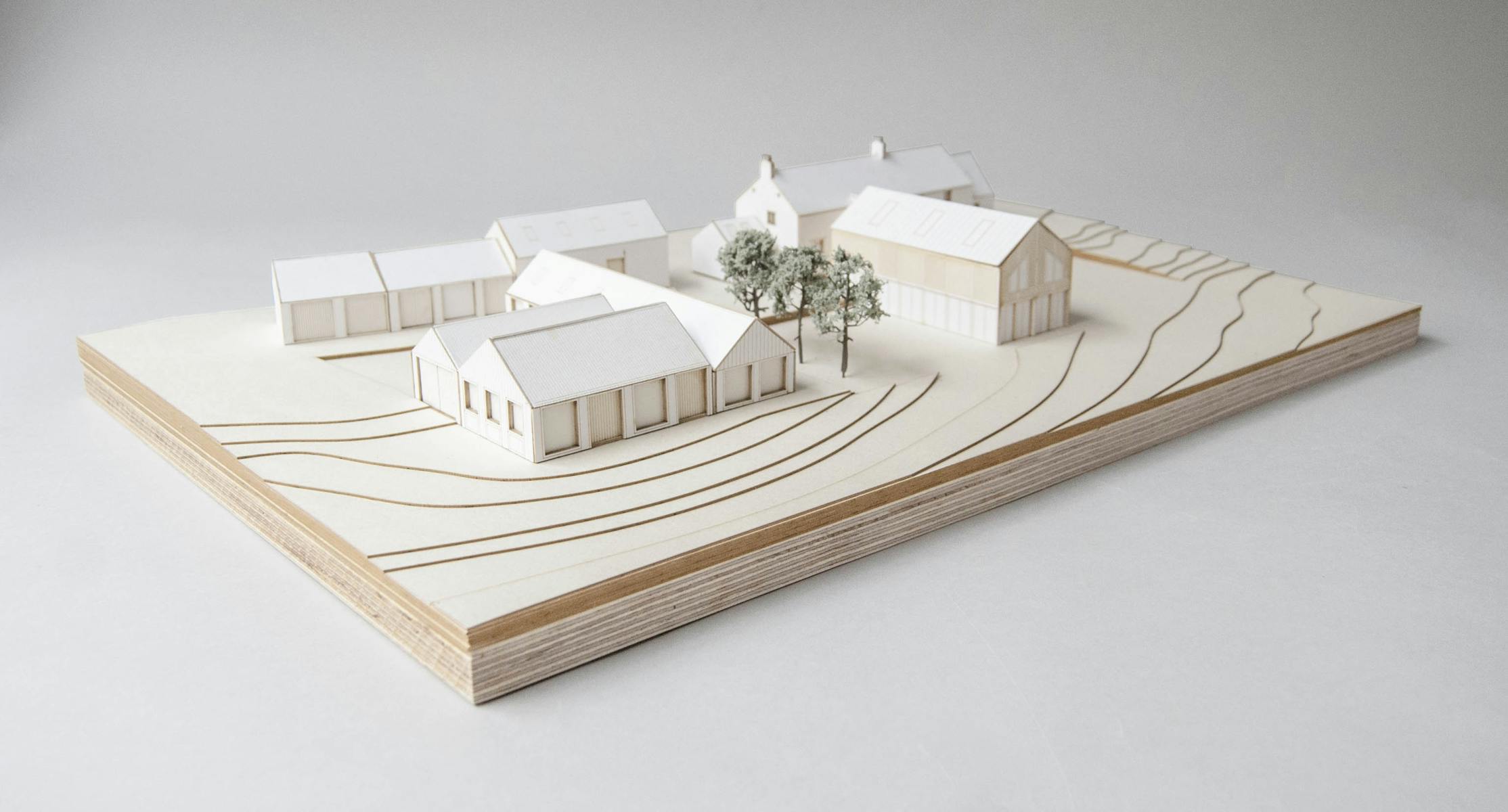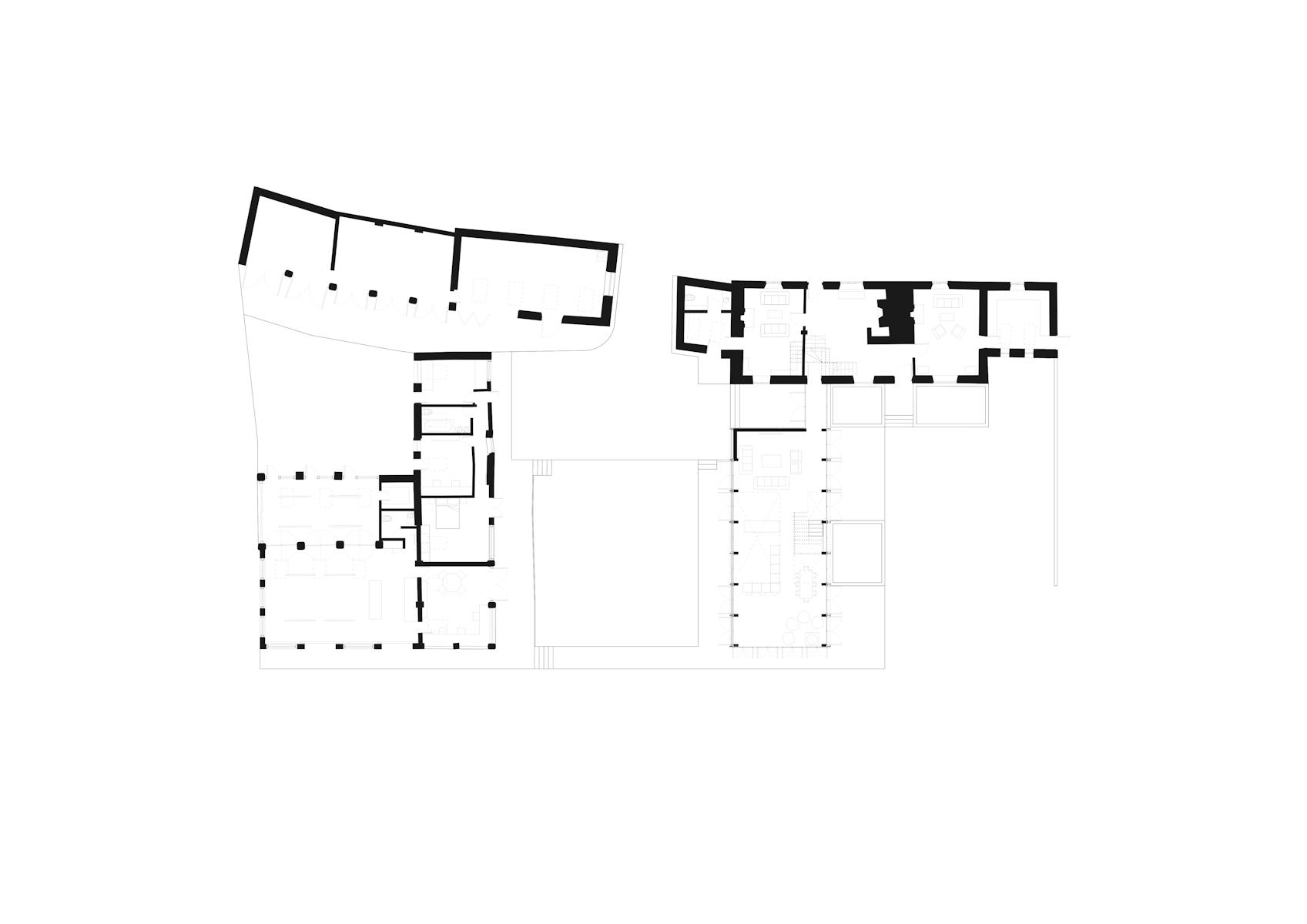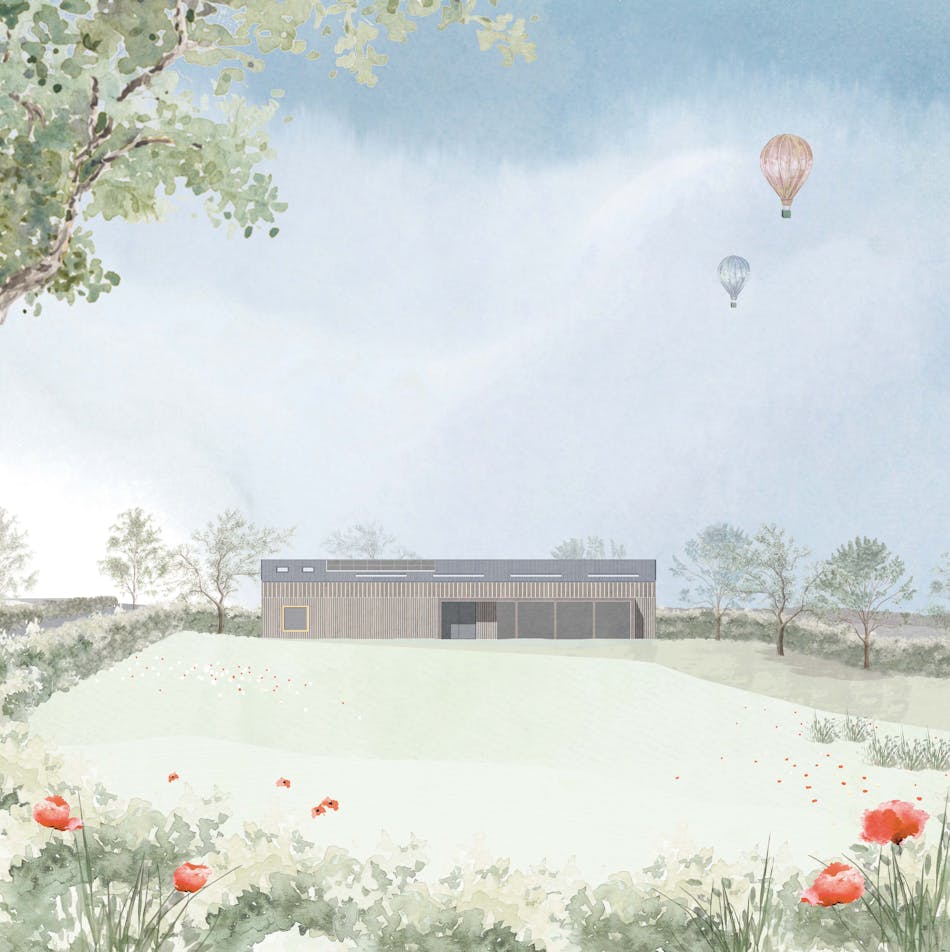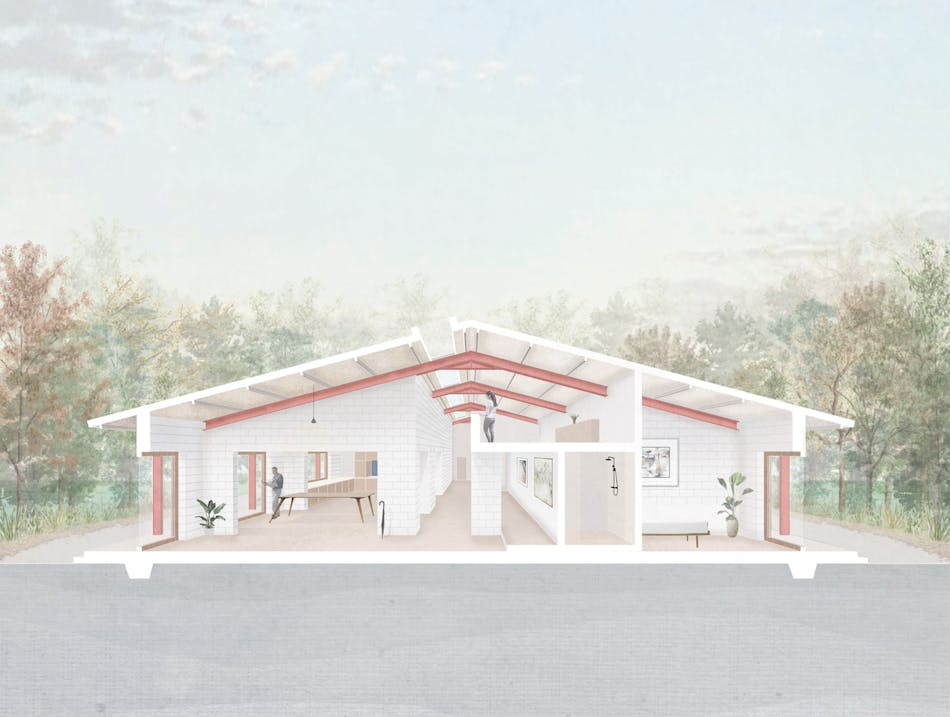How do you express an agricultural vernacular without being bound by it?
This traditional farmstead in the Howardian Hills, North Yorkshire, has changed dramatically over time, growing as a working farm and reducing in size as methods became increasingly mechanised. Our conversion, refurbishment and extension of the building as two artist’s studios and an office is the latest stage in its evolution, the project offering an opportunity to work with – and add to – the character of the site.
'The refurbishment takes inspiration from local rural architecture'
The existing farmhouse and redundant masonry barns were in a state of disrepair, so we treated them as an exercise in restoration, while the rotten, timber-framed barns have been replaced. The extension is a new chapter in the farmstead’s history, introducing a contemporary idiom into its traditional architectural language. We struck a distinctive datum line, as is often the case with agricultural buildings, with a fully glazed ground floor and solid first floor. Given the remoteness and privacy of the farm, this transparent base gives panoramic views of the beck and the landscape beyond – an Area of Outstanding Natural Beauty – from the home’s main living spaces.
Outside, we proposed three distinctive garden spaces to help shape the cluster of buildings, each with a different character and view. The central space is a more formal garden bridging the gap between the main house and the art studios and office. A small west-facing garden connects the art studio and guest accommodation while the main house has a more private east-facing garden setting.
